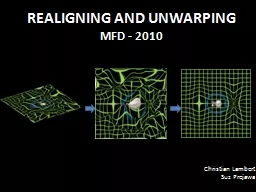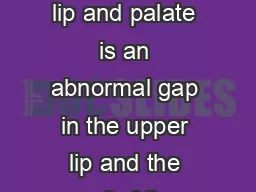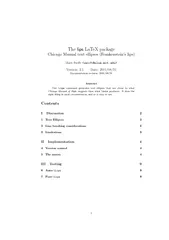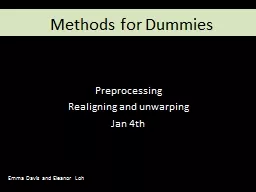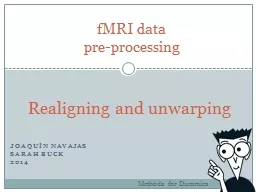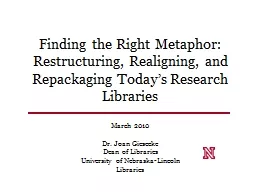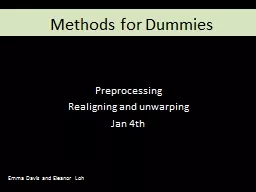PPT-Realigning and Unwarping
Author : danika-pritchard | Published Date : 2016-11-06
MfD 2010 Christian Lambert Suz Prejawa Spatial Normalisation fMRI timeseries Smoothing Anatomical Reference Statistical Parametric Map Parameter Estimates General
Presentation Embed Code
Download Presentation
Download Presentation The PPT/PDF document "Realigning and Unwarping" is the property of its rightful owner. Permission is granted to download and print the materials on this website for personal, non-commercial use only, and to display it on your personal computer provided you do not modify the materials and that you retain all copyright notices contained in the materials. By downloading content from our website, you accept the terms of this agreement.
Realigning and Unwarping: Transcript
Download Rules Of Document
"Realigning and Unwarping"The content belongs to its owner. You may download and print it for personal use, without modification, and keep all copyright notices. By downloading, you agree to these terms.
Related Documents

